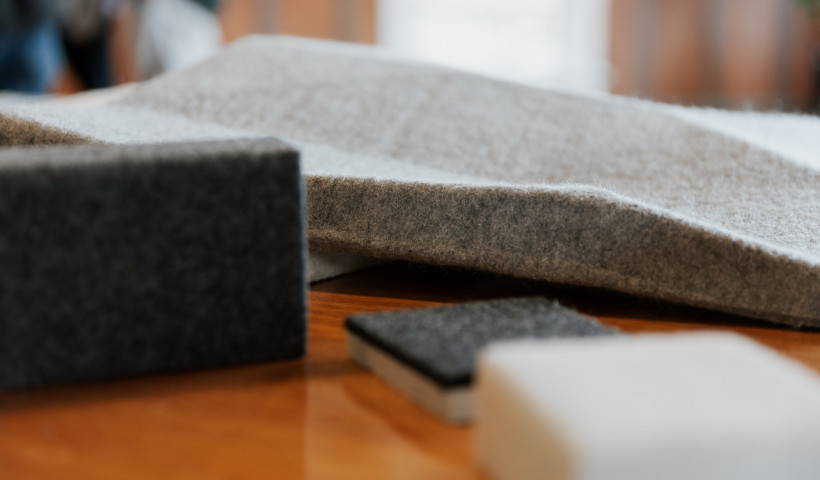
Over a decade ago development commenced on a 3D acoustic polyester tile in a sheet-forming plastics warehouse in the depths of the Hutt Valley. The early concepts were an exploration of different polyester fabrics that were vacuum moulded between positive and negative tools. The tile design range was named OROQI.
The acoustic properties of a polyester tile with an air gap behind were quickly realised and a Callaghan Research grant allowed the product to be further tested. The NRC performance was well over twice as efficient as that of a flat sheet fixed to a wall, making this product an ideal acoustic solution for boardrooms and office interiors.
The first commercial architectural application was the Athfield Architect designed Otago School of Medicine in Wellington. The tiles were installed in 2008 and are still there today. The original design for this project (Code 3D tile) went on to win the globally recognized RED DOT design award (New Zealand's only winner in 2010).
Design development continued and new designs and uses were developed in the OROQI range.
In 2014 OROQI established a relationship with T&R Interior Systems. T&R Interior Systems are now the exclusive stockists of Fractile, Swish, Fibonacci, Fibonacci Complex, Chevron, Blend, Dimple, Pinch and Code tiles.
OROQI in collaboration with T&R Interior Systems has worked on a number of high profile jobs including bespoke work in education spaces, Trustpower, Transpower, State Insurance tower lobby, Koru Lounge and the NAB flagship store in Sydney, as well as resolving many acoustic challenges by breaking up parallel reflections.
Bespoke work has included new tile designs, the development of ceiling suspension systems, acrylic light diffusers and artistic wall coverings. OROQI have been instrumental in the technical aspects during design and installation phases.
OROQI tiles are a very elegant solution to reduce reverberation in commercial interiors; the eye-catching designs are contemporary and very durable. The clip system allows tiles to be swapped out easily and OROQI tiles meet fire requirements Group 1-S. When specifying OROQI tiles, architects looking for a point of difference in their designs can be confident in the fact that they are getting many years of expertise and product development from the source.













 New Products
New Products









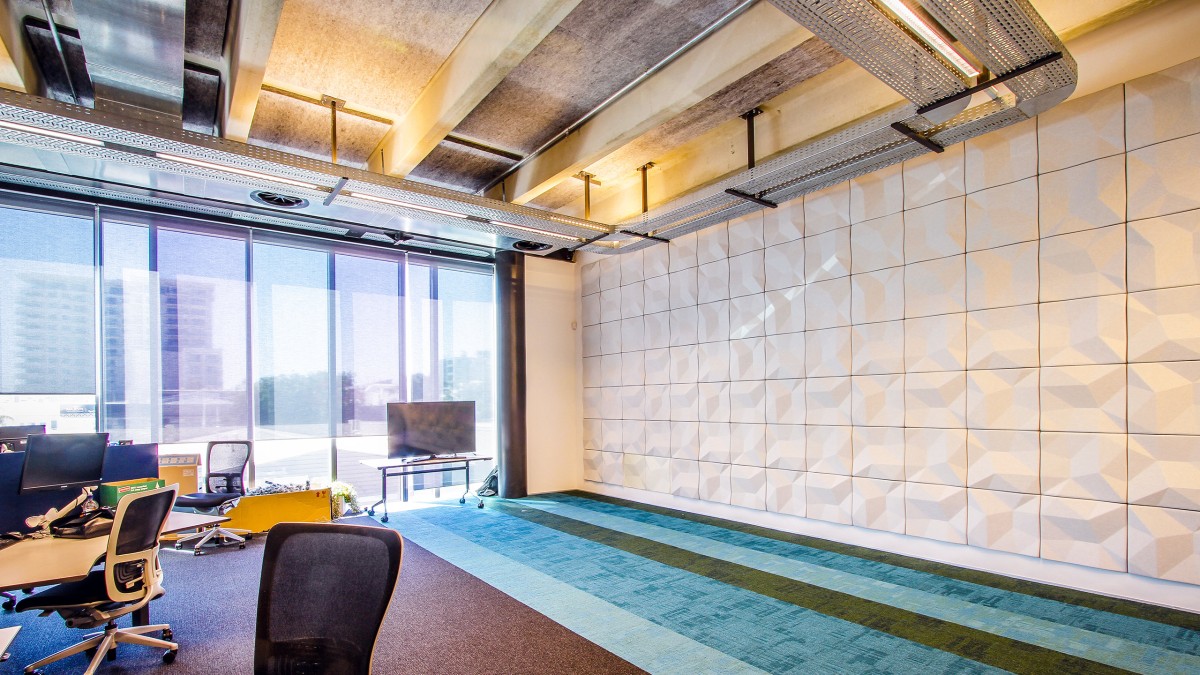
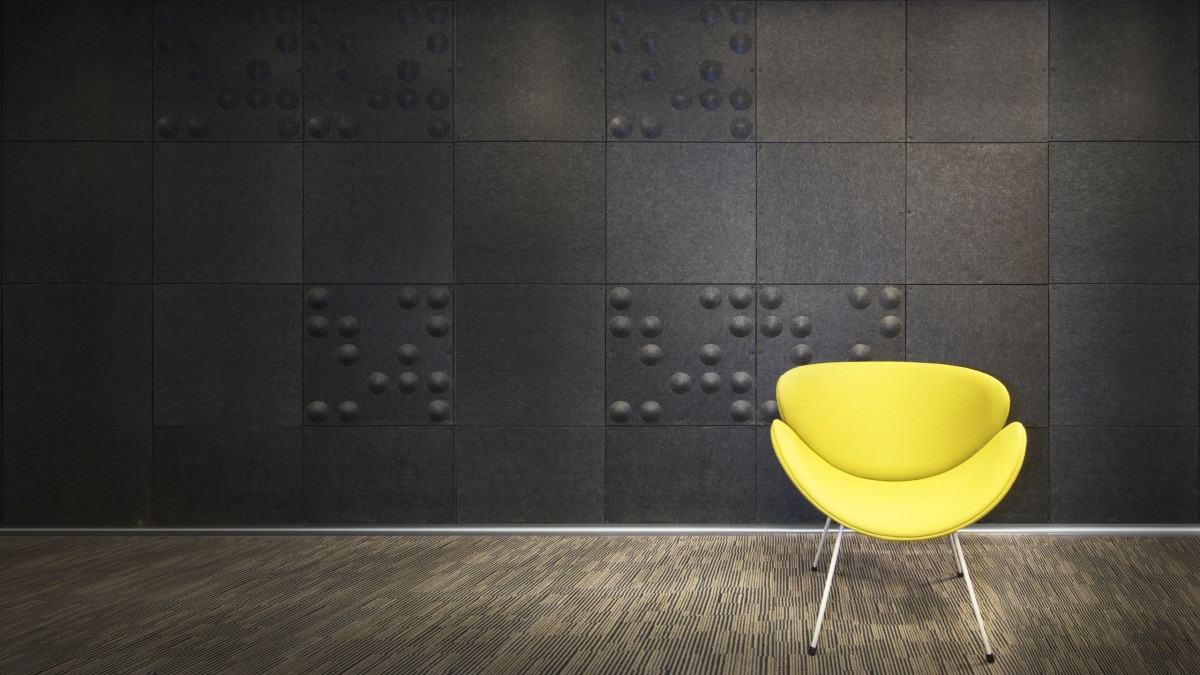
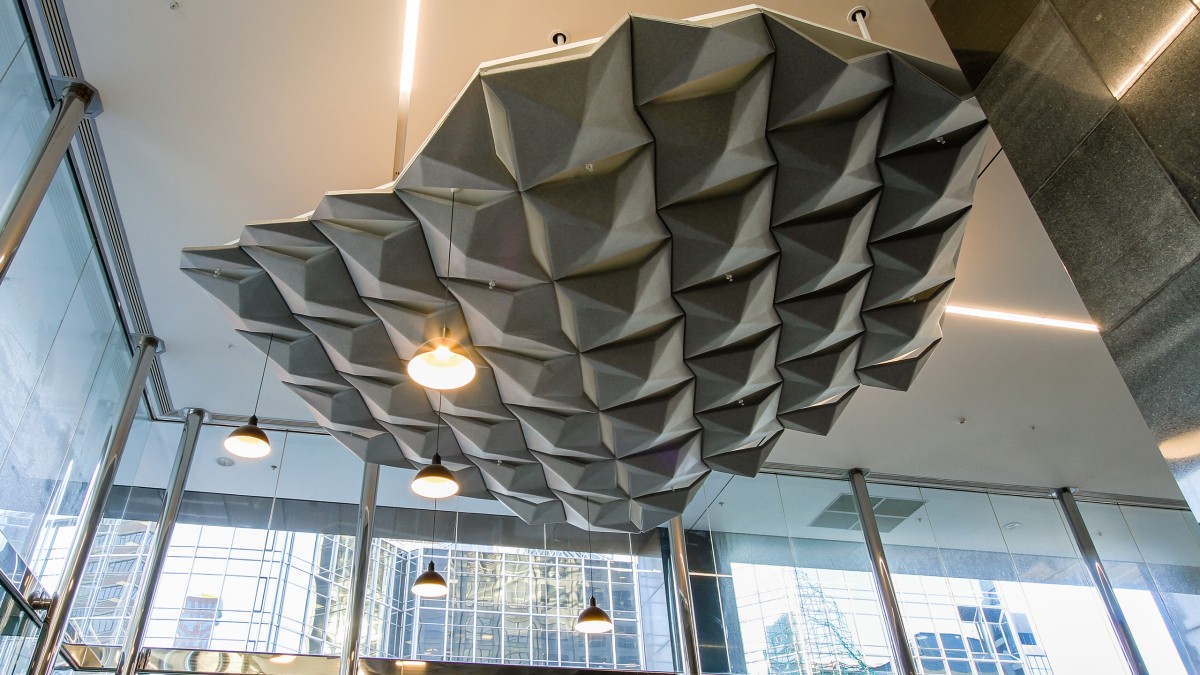
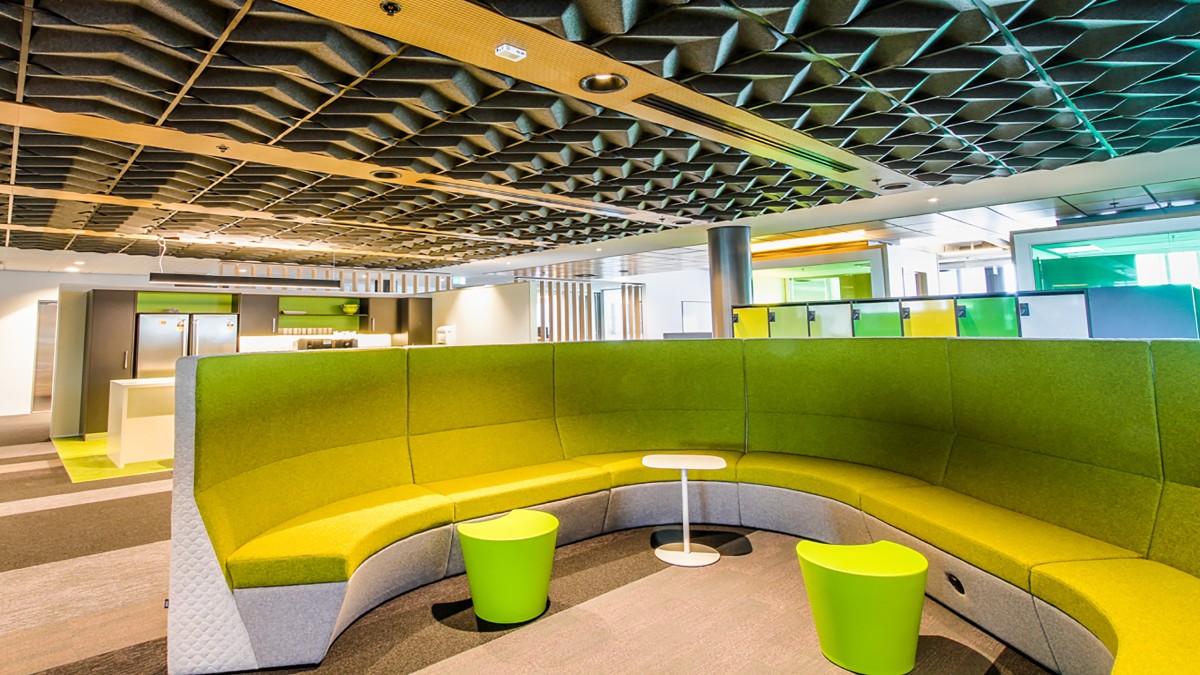
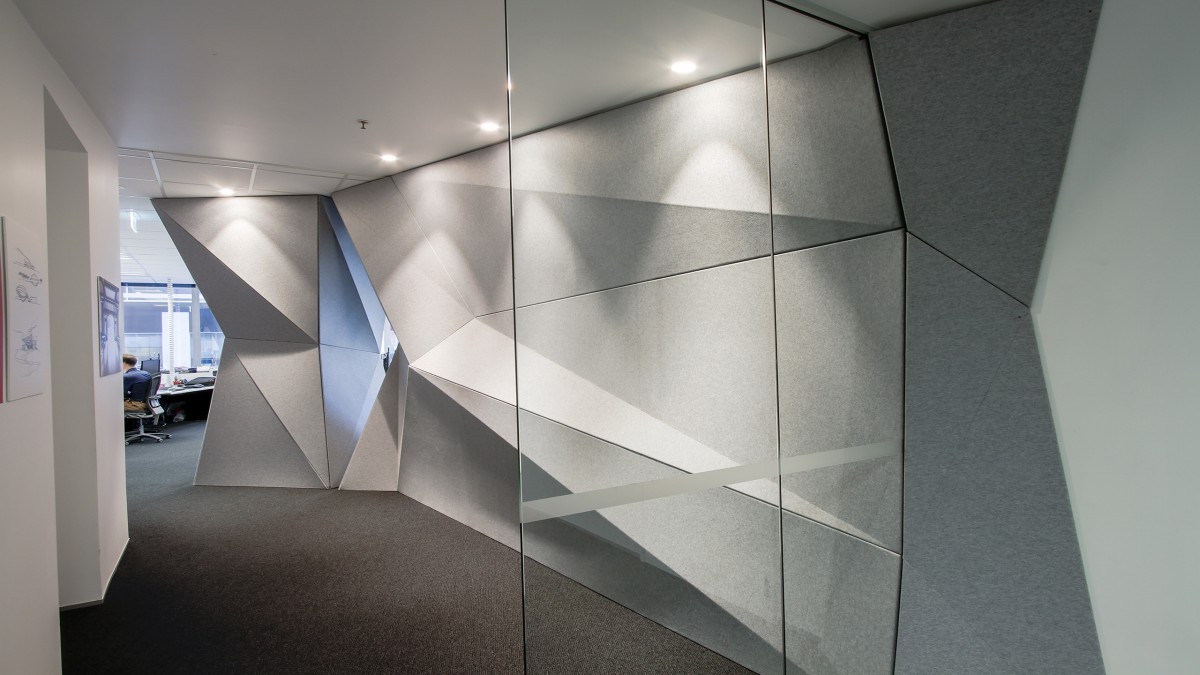
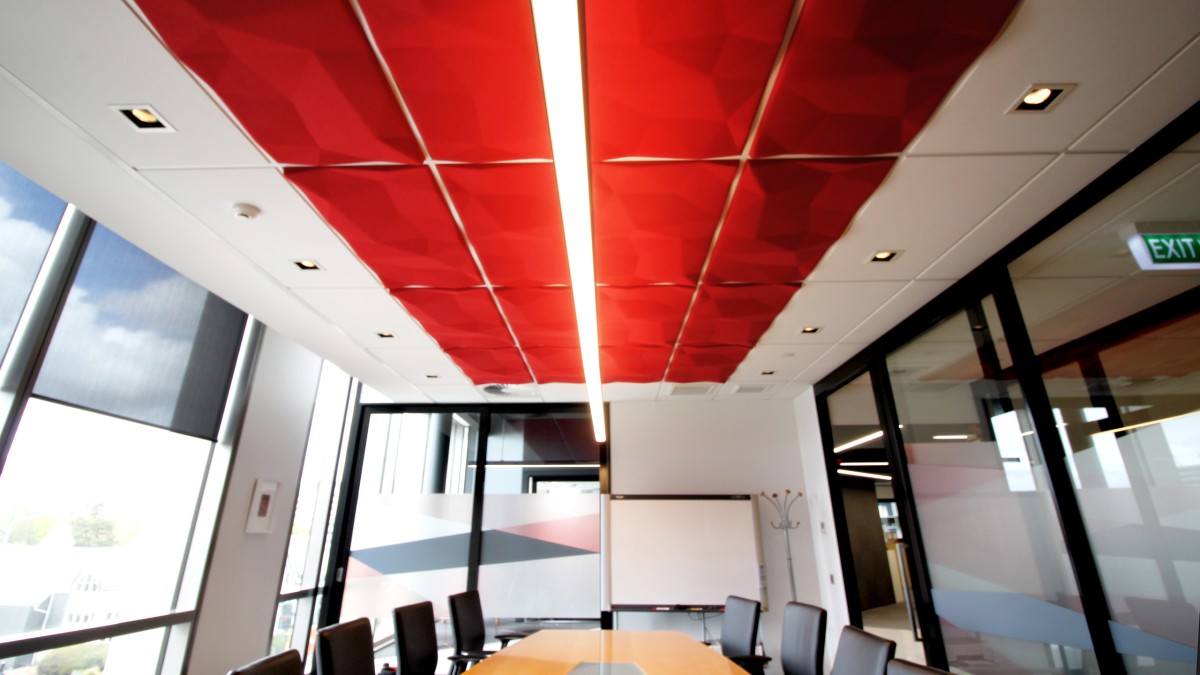
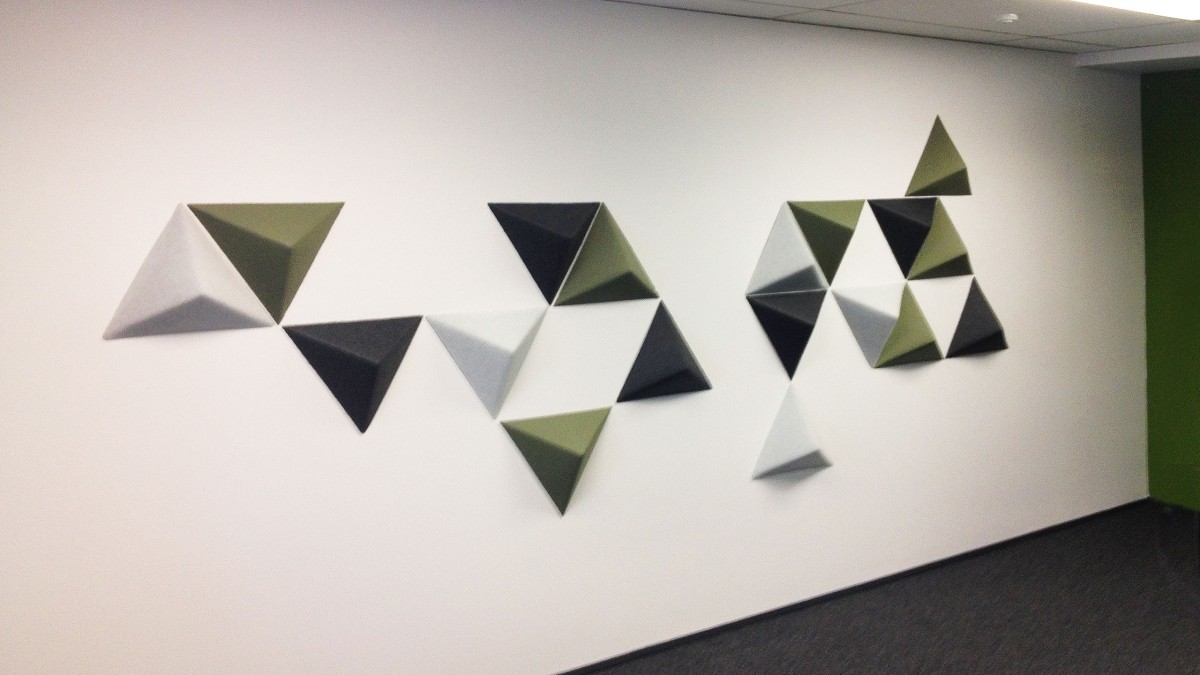
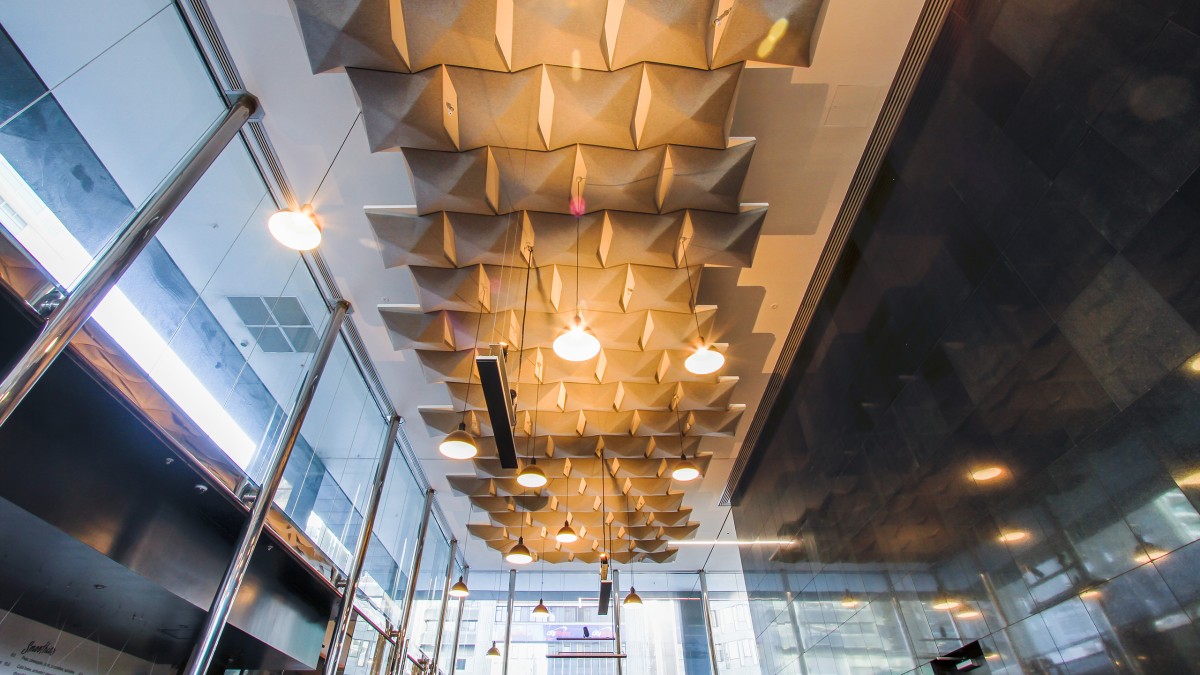
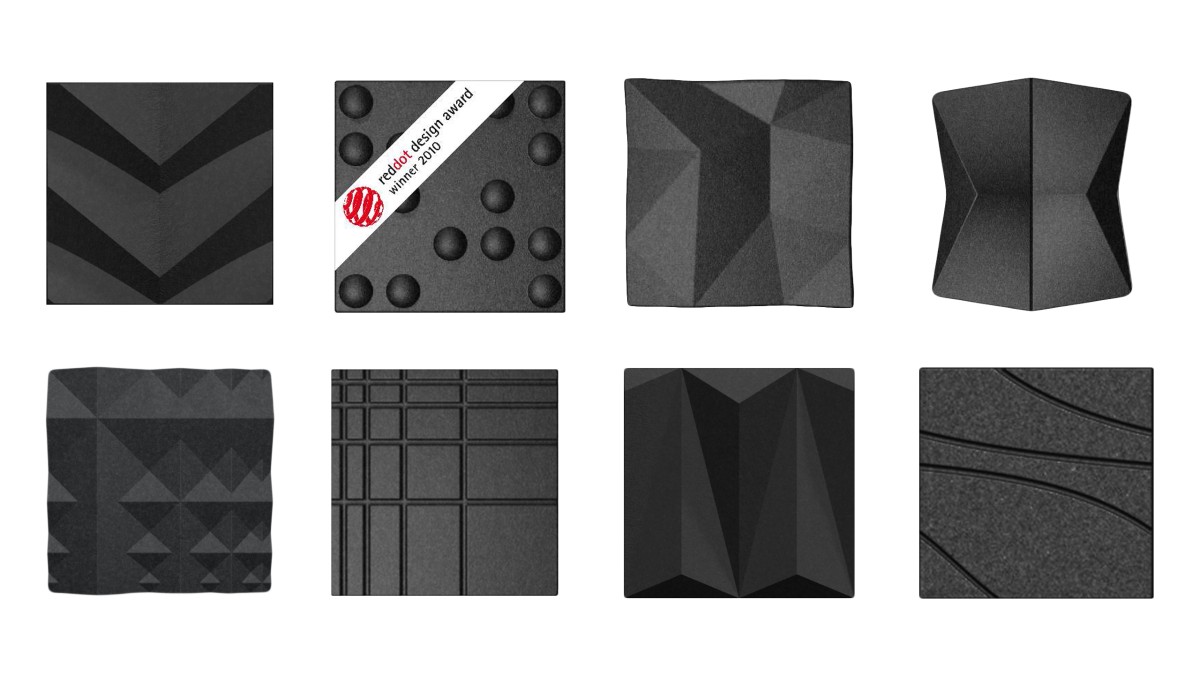
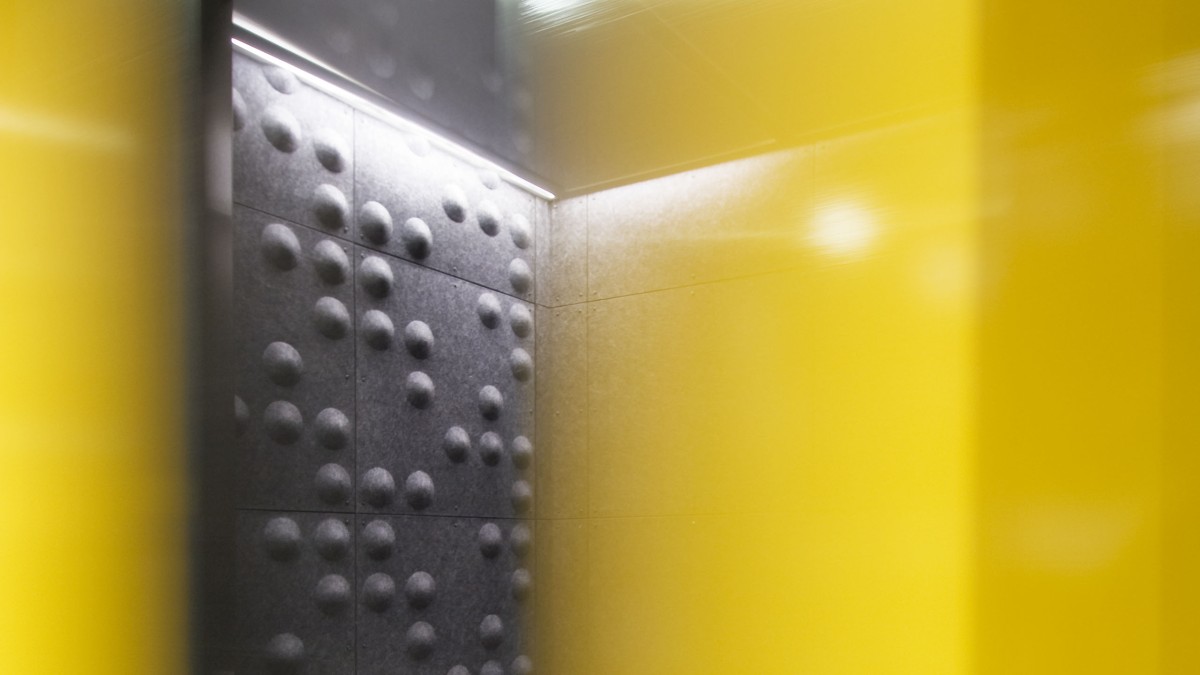
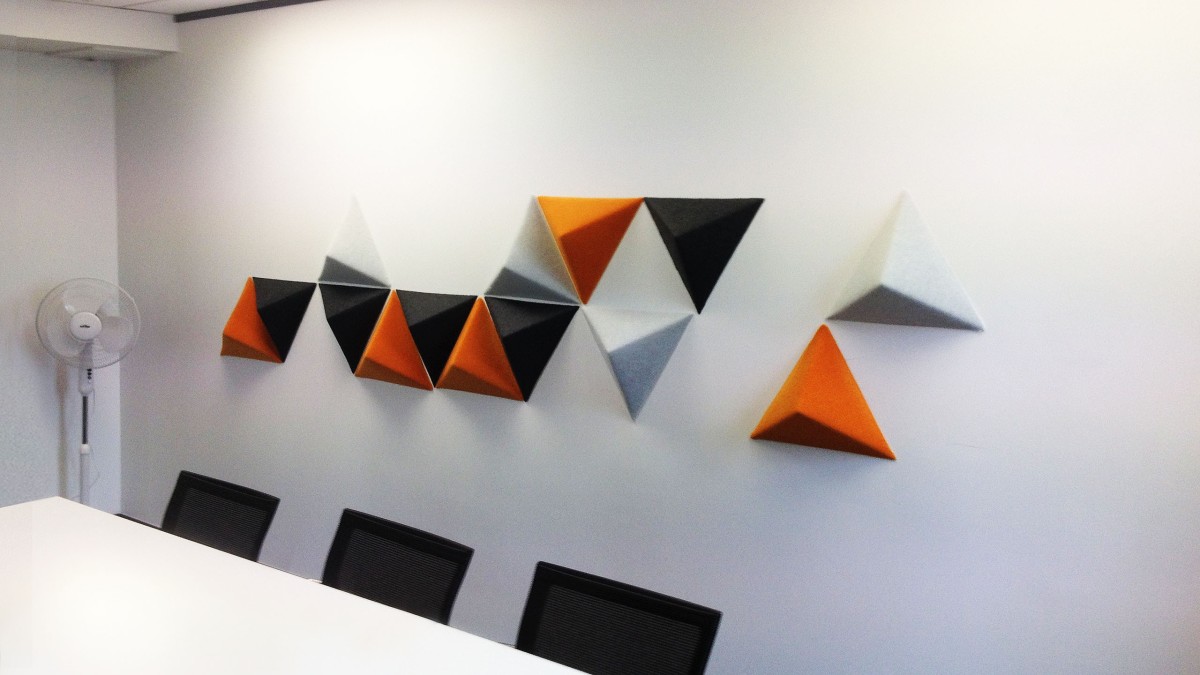
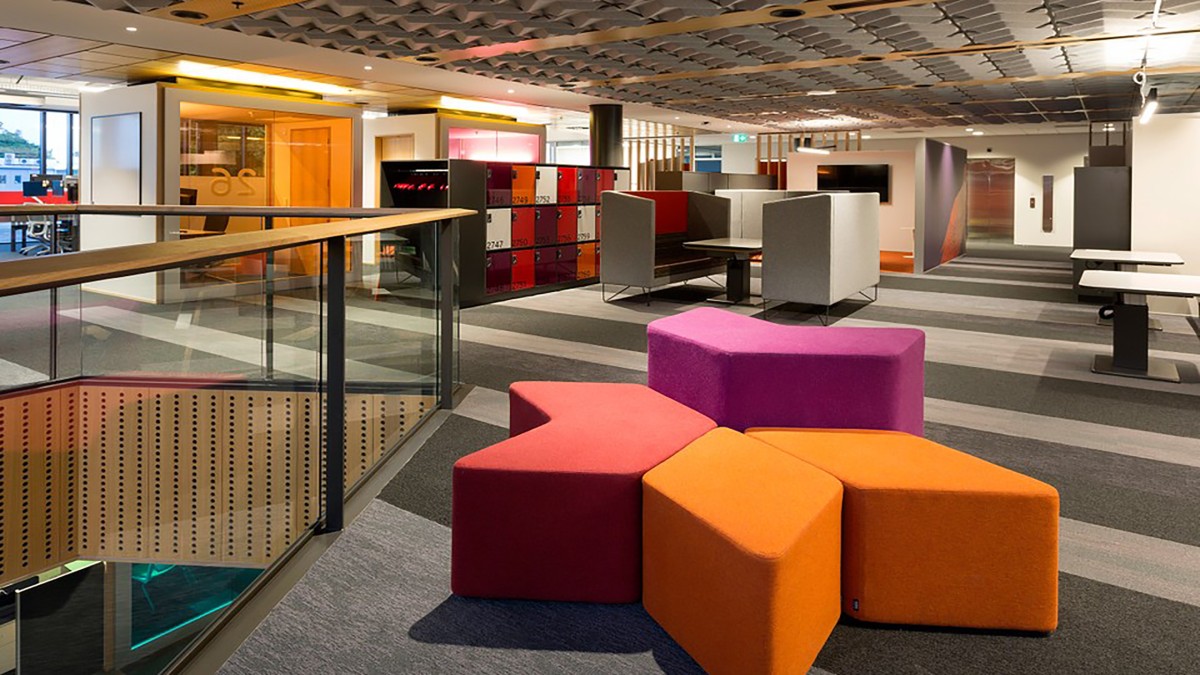




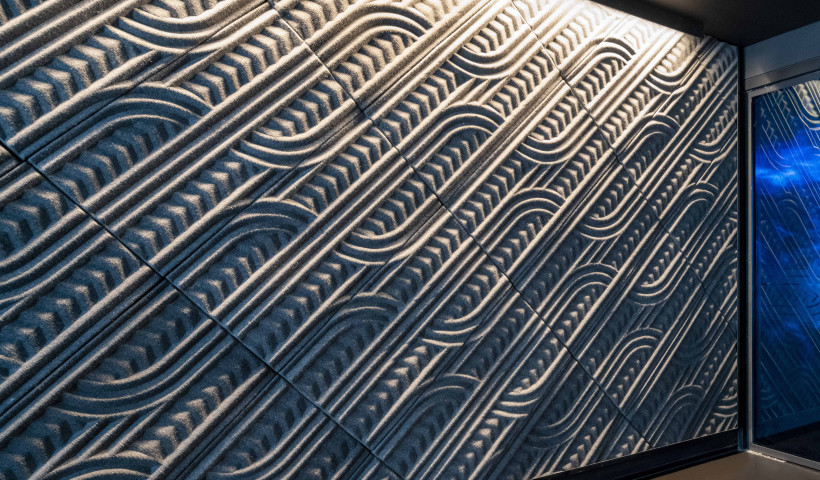

 Popular Products from T&R Interior Systems
Popular Products from T&R Interior Systems


 Most Popular
Most Popular


 Popular Blog Posts
Popular Blog Posts
